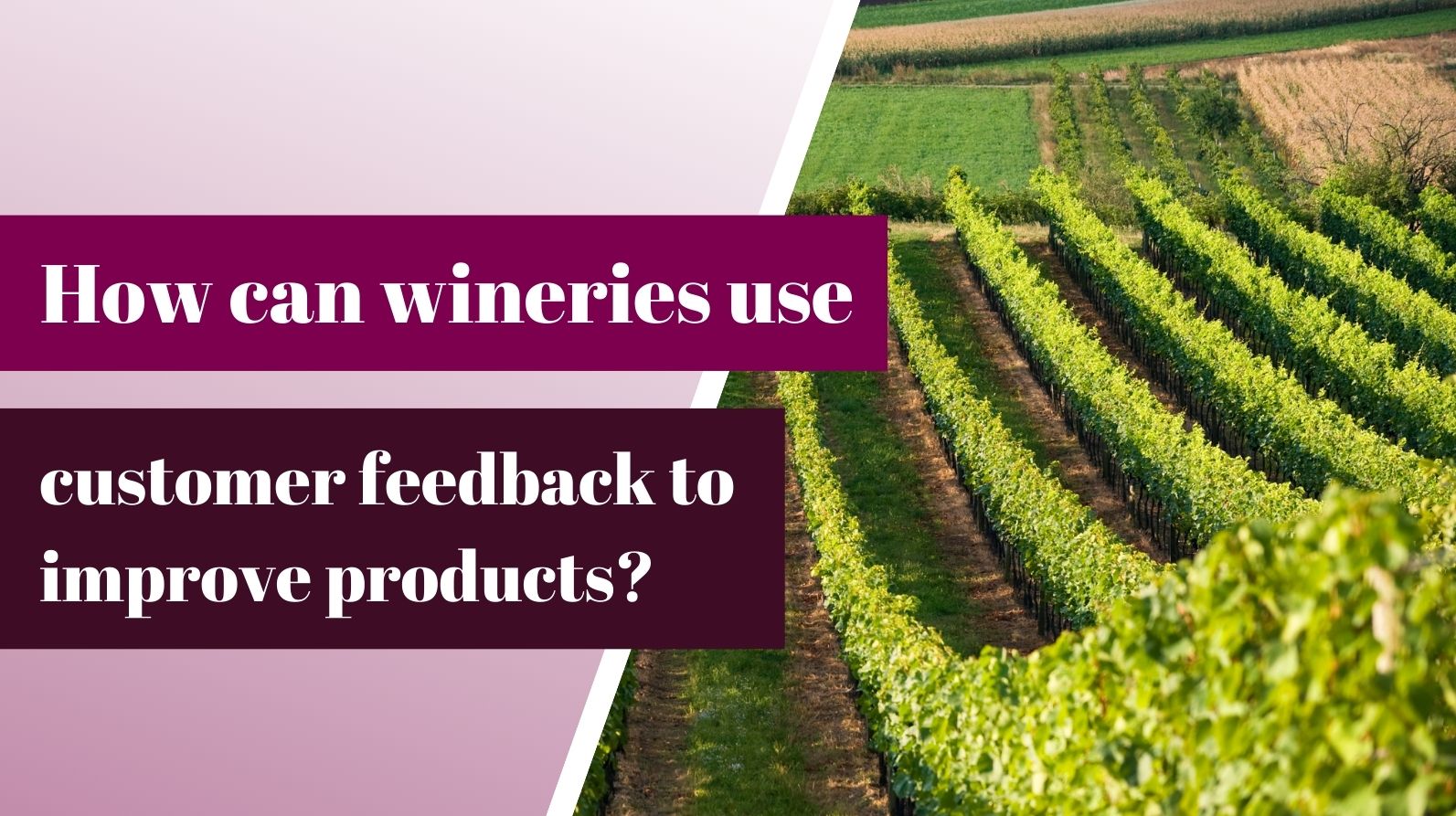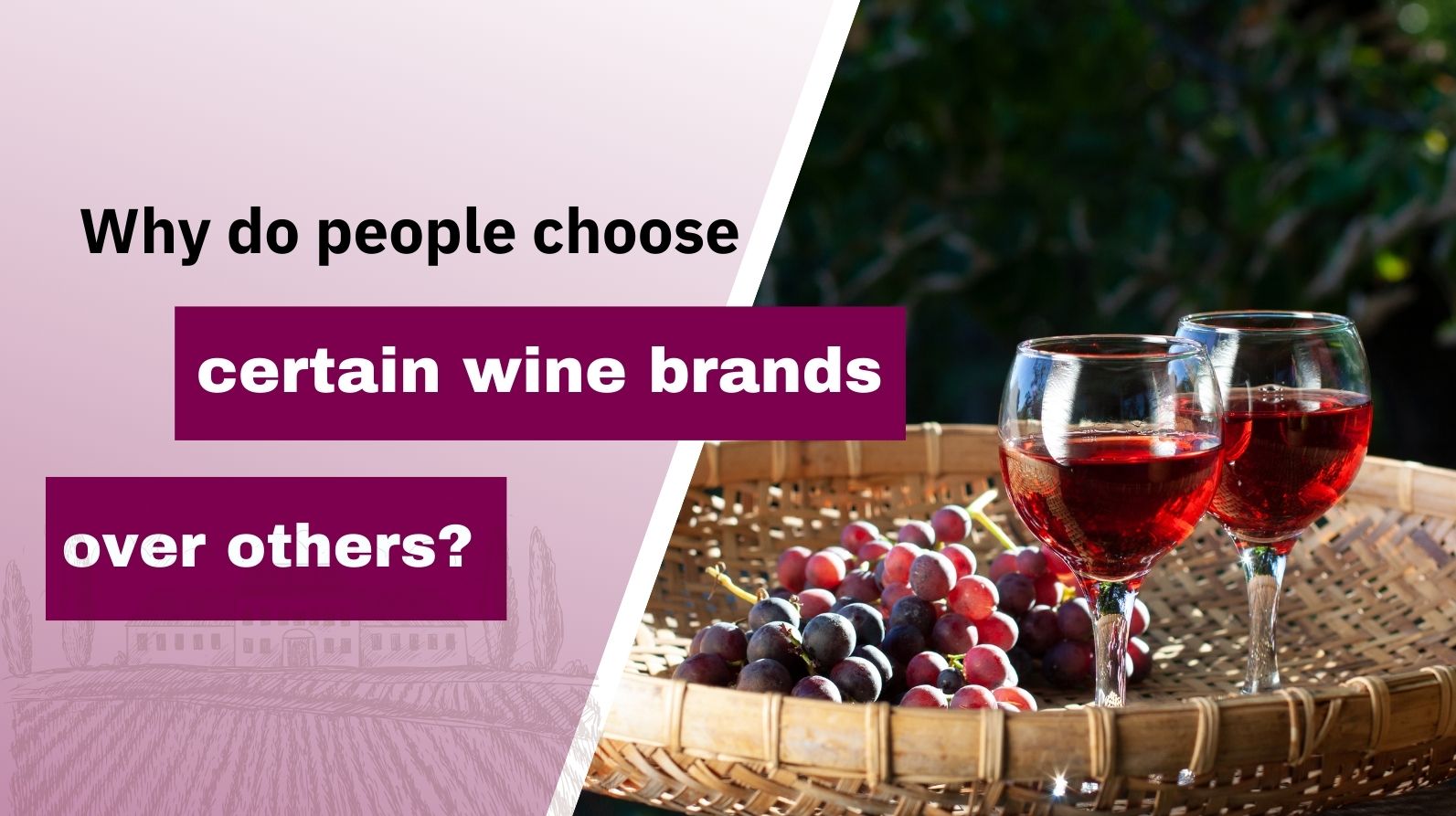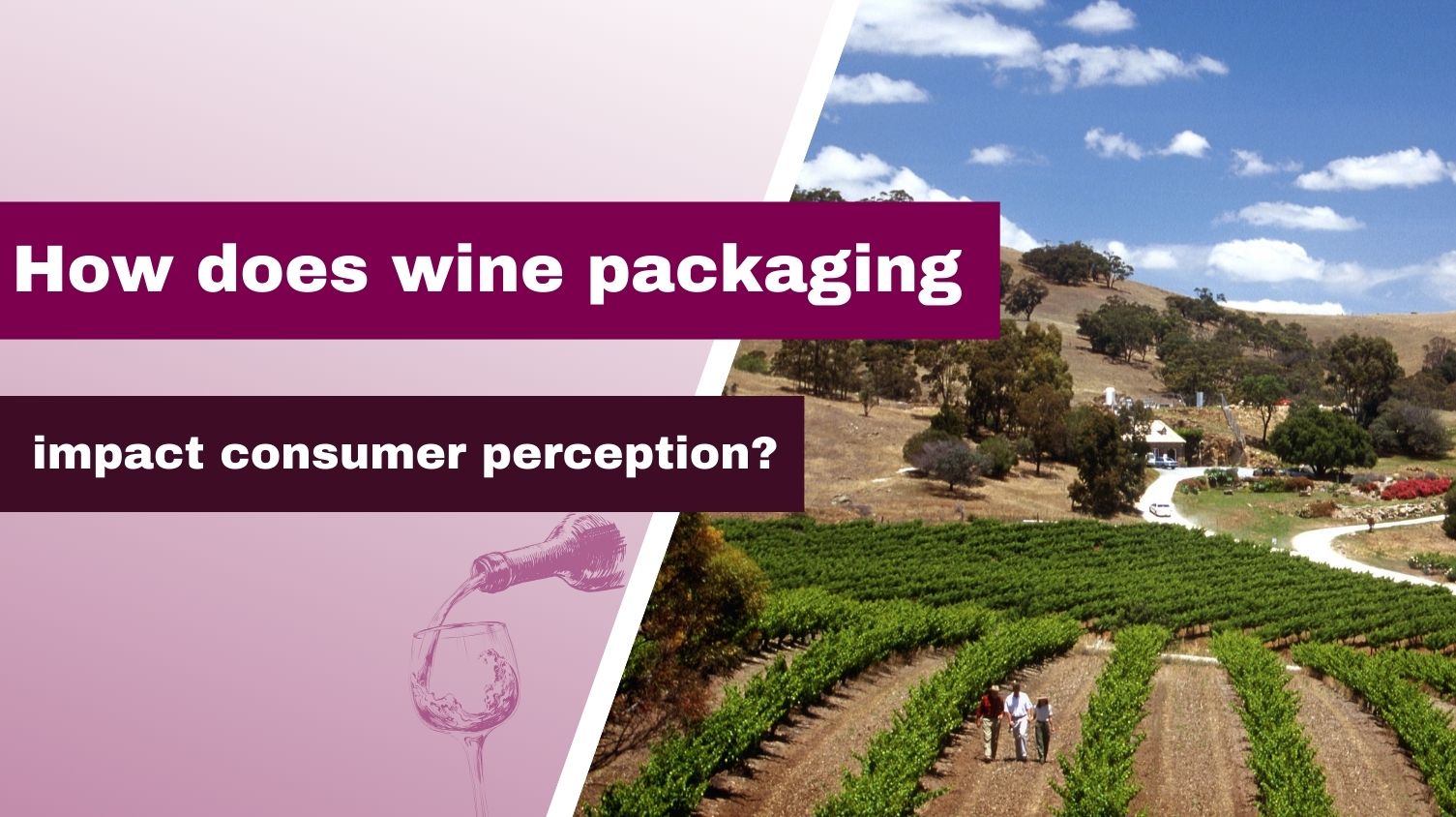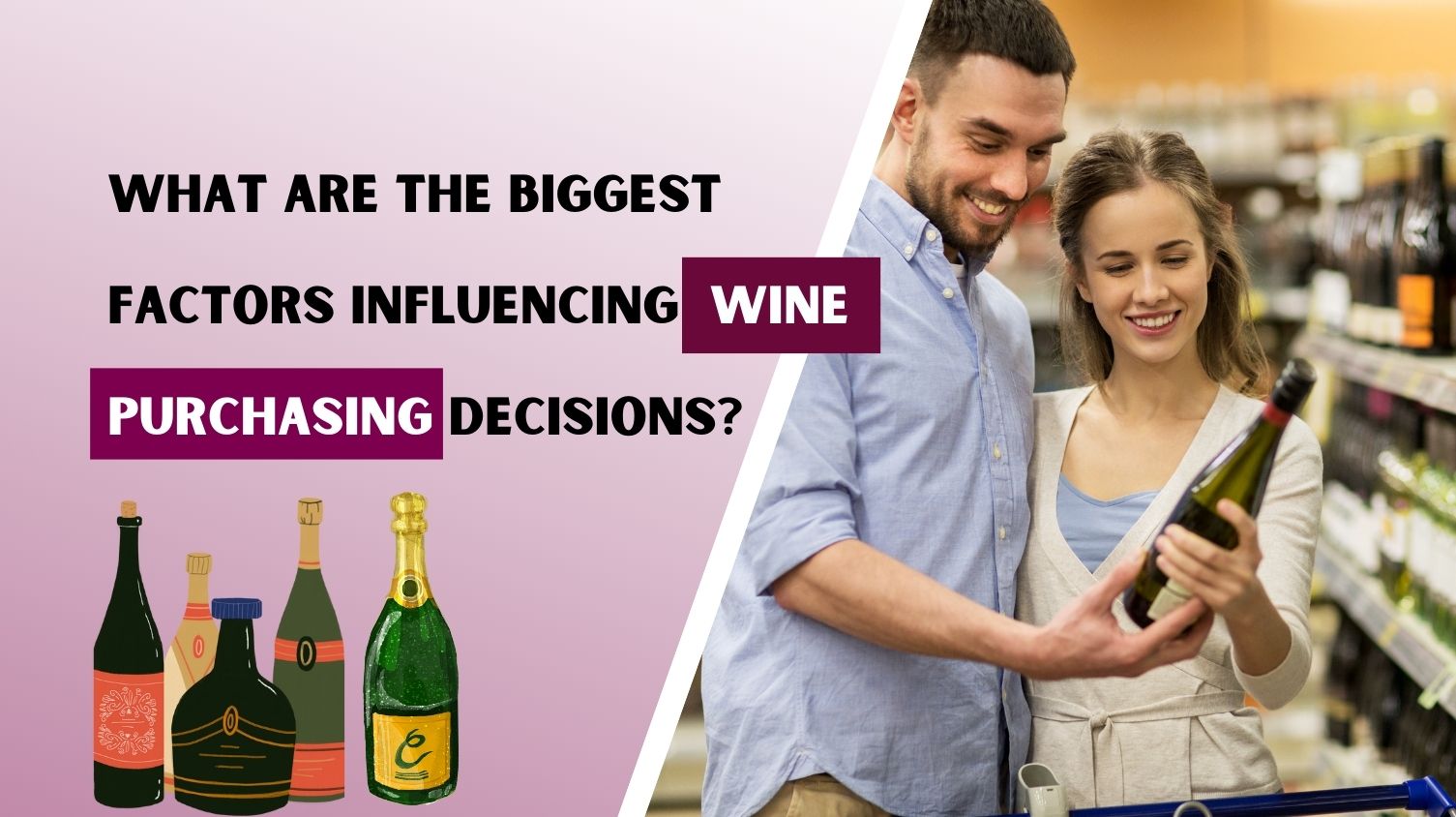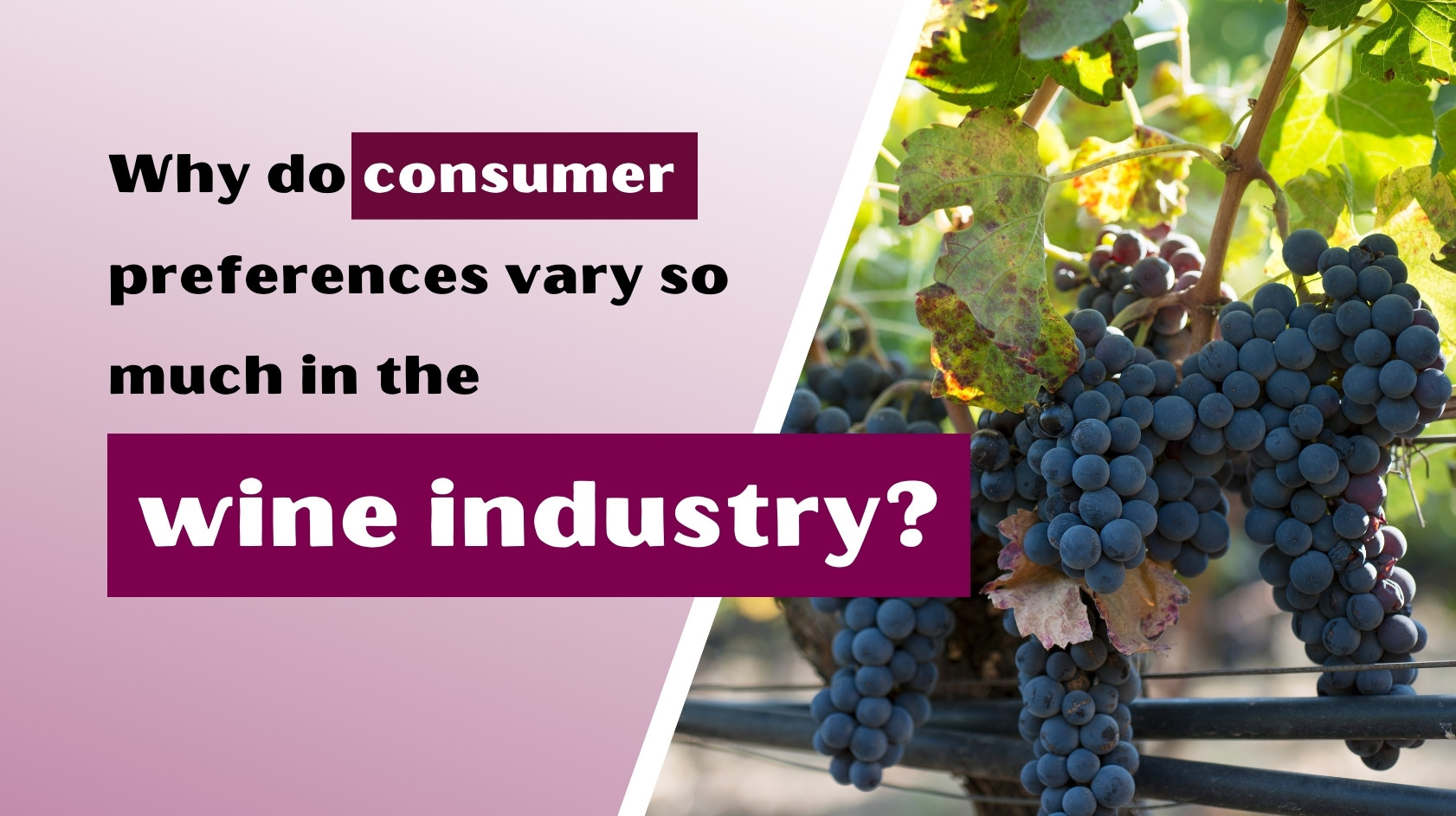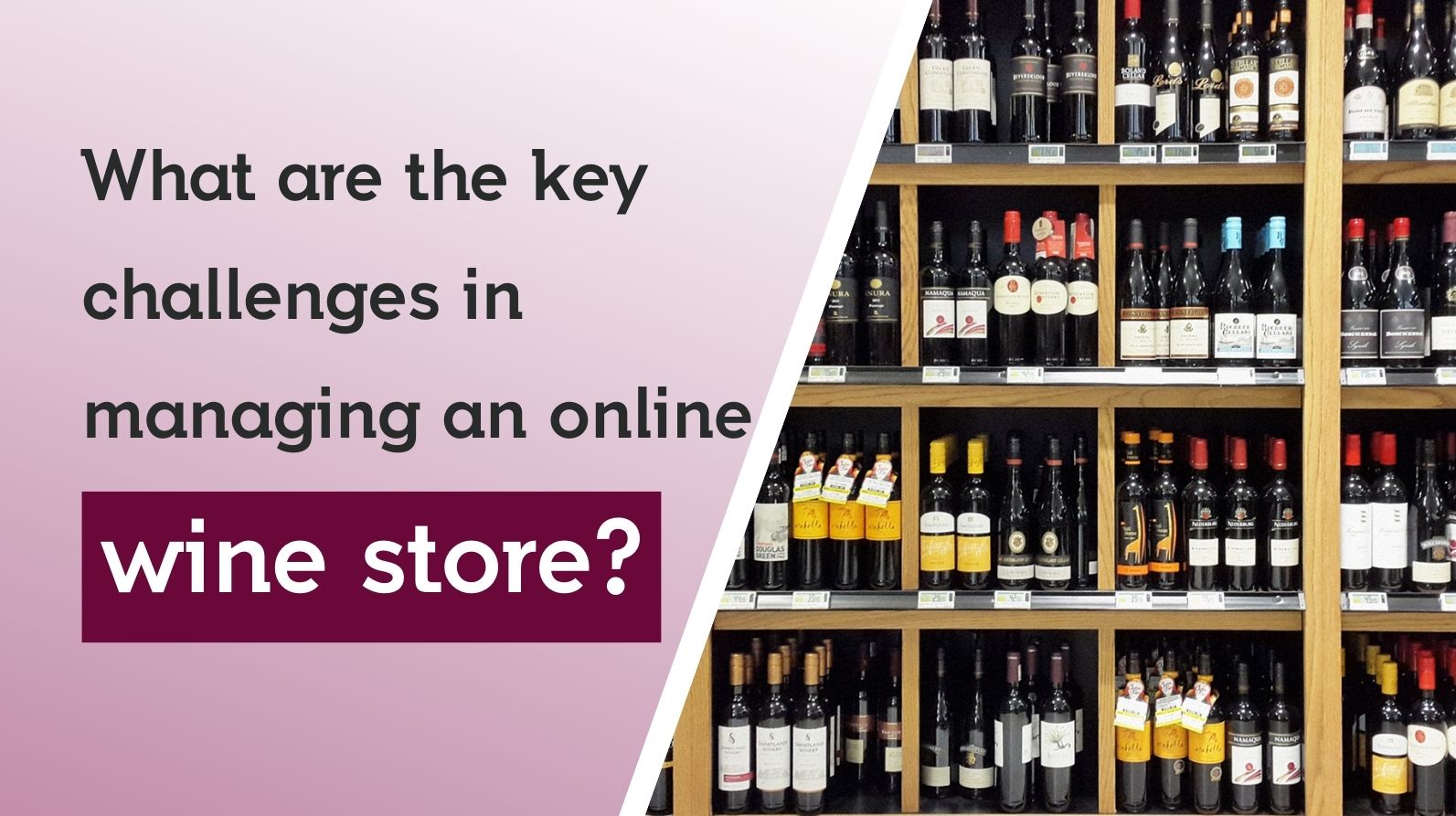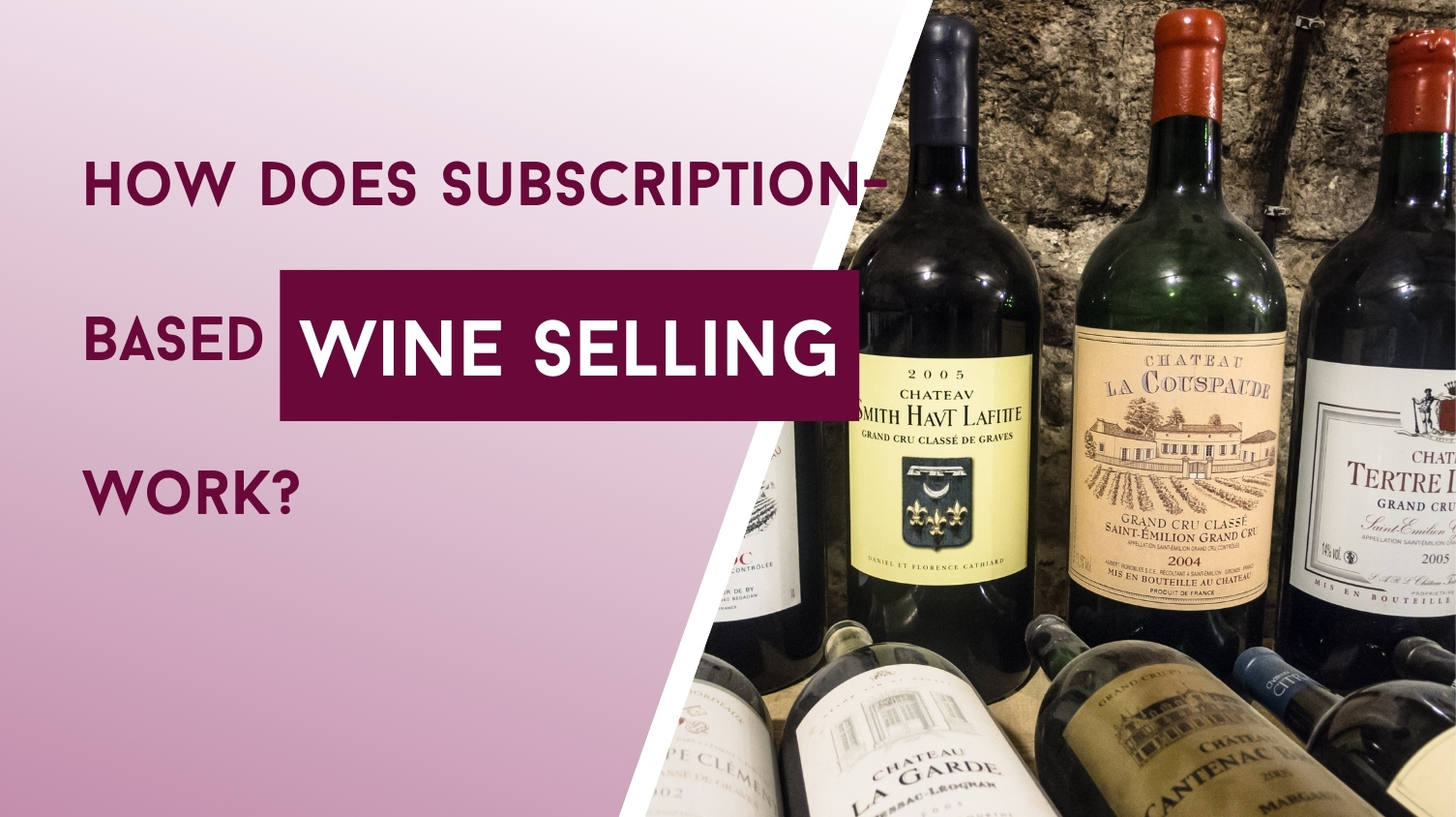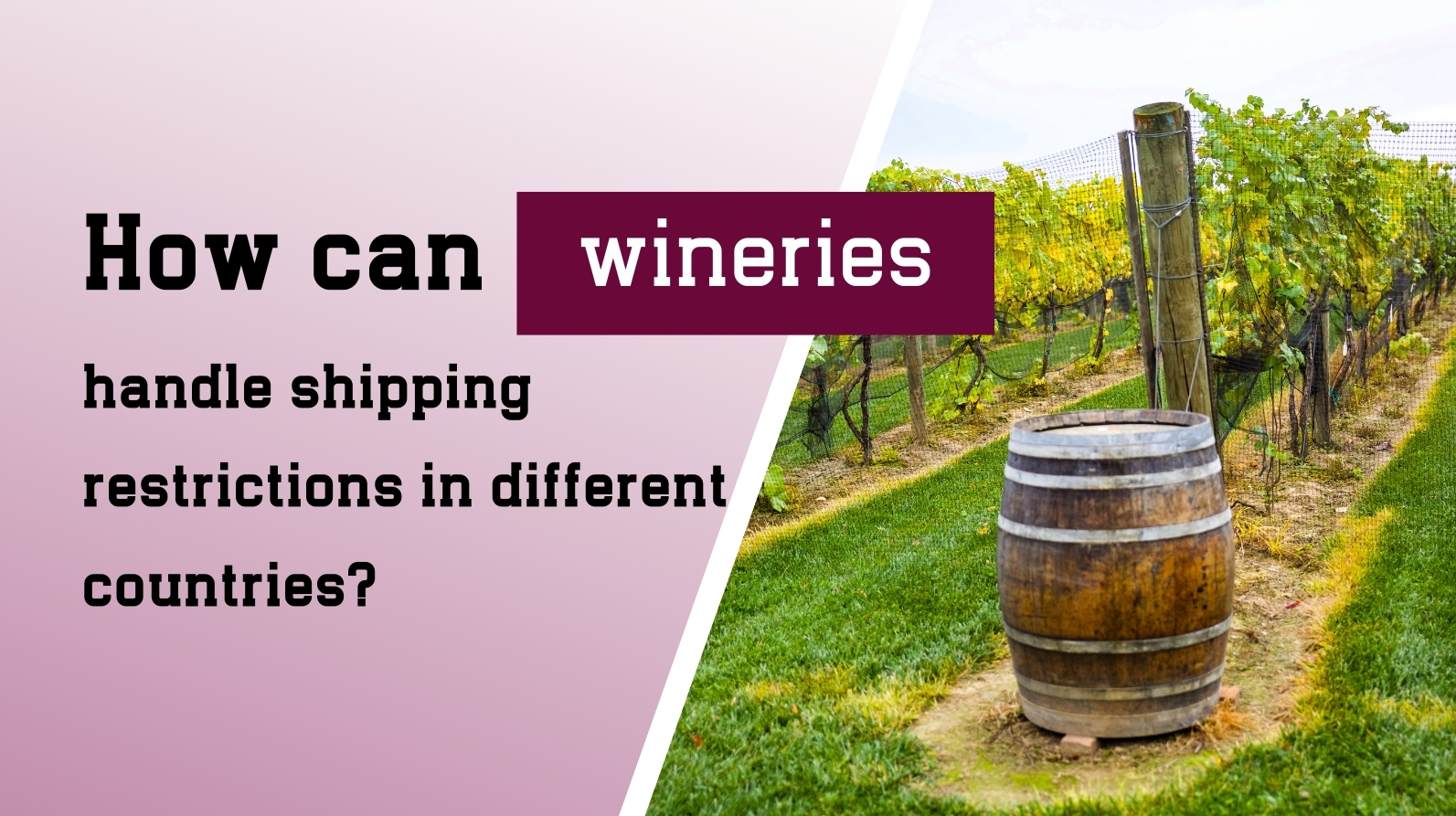Why Storytelling Matters in Wine Branding?

Introduction: Why Storytelling Matters in Wine Branding
In today’s competitive wine industry, branding goes beyond taste and quality. Consumers are drawn to compelling narratives that encapsulate a winery’s history, values, and uniqueness. A well-crafted brand story can make a winery stand out, foster emotional connections, and build customer loyalty.
Research suggests that stories are remembered up to 22 times more than facts alone, making storytelling an essential marketing tool. In the wine industry, where tradition and craftsmanship play a significant role, sharing authentic brand stories enhances the overall consumer experience.
This article explores the significance of storytelling in wine branding and provides actionable strategies to help wineries craft a narrative that resonates with consumers.
The Role of Storytelling in Wine Branding
1. Building Emotional Connections with Consumers
Consumers seek more than just a bottle of wine—they want an experience. A strong narrative evokes emotions and creates a personal bond between the brand and its audience.
For example, a family-owned winery sharing its generational commitment to sustainable farming can attract eco-conscious consumers. A heartfelt story about overcoming hardships to create a fine wine can inspire customers to support the brand. These emotional ties can turn one-time buyers into lifelong brand advocates.
2. Differentiating Your Brand in a Saturated Market
The global wine market is highly competitive, with thousands of brands offering similar products. A compelling brand story provides a unique identity that helps a winery stand out.
Wineries can highlight:
Their terroir (soil, climate, and landscape) and its influence on wine flavors.
Winemaking techniques, such as organic, biodynamic, or minimal intervention processes.
A rich history, whether it's centuries-old traditions or a startup's innovative approach.
By showcasing these elements, wineries can position themselves as distinctive and memorable brands.
How to Craft an Authentic Wine Brand Story
Creating a genuine brand story requires introspection and strategic communication. Below are key elements to consider:
1. Identify Your Unique Selling Proposition (USP)
Every winery has unique characteristics that make it special. These may include:
A historic vineyard location with a fascinating backstory.
A commitment to sustainability and organic farming.
A family legacy spanning generations.
A pioneering approach to winemaking.
Identifying and showcasing these elements in your storytelling strengthens brand differentiation.
2. Emphasize Heritage and Cultural Significance
Consumers love brands with strong roots. Sharing stories about your winery’s founding, struggles, and triumphs can make your brand relatable.
Additionally, integrating local traditions and regional culture into your narrative can deepen authenticity. For example, a winery in Tuscany might highlight how local grape varieties have been cultivated for centuries.
3. Use Engaging Narrative Techniques
A compelling brand story should follow a structured narrative arc:
Exposition – Introduce your winery’s origins.
Rising Action – Share challenges faced and innovations implemented.
Climax – Highlight a major breakthrough or defining moment.
Falling Action – Show how your brand evolved.
Resolution – Emphasize your current success and future goals.
Incorporating relatable characters—such as a passionate winemaker or a dedicated vineyard worker—further personalizes the story and enhances emotional impact.
Implementing Storytelling Across Branding Touchpoints
For storytelling to be effective, it must be consistently reflected across various platforms. Here’s how wineries can integrate their brand narrative:
1. Wine Labels and Packaging
A wine label is often the first impression consumers have of a brand. Incorporating elements of storytelling—such as historical imagery, a brief origin story, or quotes from the winemaker—can intrigue buyers and enhance perceived authenticity.
2. Digital and Social Media Marketing
Websites, blogs, and social media platforms offer powerful storytelling avenues. Wineries can:
Share behind-the-scenes content (e.g., vineyard tours, winemaking processes).
Post videos and interviews featuring the winemaker or staff.
Publish blog articles detailing the winery’s history, philosophy, and wine pairings.
Instagram, Facebook, and TikTok are particularly effective for visual storytelling, allowing wineries to connect with consumers through captivating imagery and videos.
3. Tasting Rooms and Wine Events
In-person experiences provide an excellent opportunity for immersive storytelling. Winery staff can:
Share anecdotes and insights about the wines during tastings.
Host events celebrating the winery’s anniversary or cultural heritage.
Conduct virtual tastings where the brand story is interwoven into the experience.
These interactions deepen consumer engagement and strengthen brand loyalty.
Case Studies: Successful Storytelling in Wine Branding
1. La Vieille Ferme: The “Chicken Wine”
La Vieille Ferme, affectionately known as "Chicken Wine" due to the rooster on its label, has gained popularity for its approachable branding. The family-owned winery emphasizes its commitment to affordable yet high-quality wines, making it an attractive choice for casual wine drinkers.
2. Slo Down Wines: Humor and Rebellion
Slo Down Wines takes a bold approach, using humor and rebellious branding to attract younger consumers. By subverting traditional wine industry norms and crafting playful narratives, the brand differentiates itself in a crowded market.
Measuring the Impact of Storytelling on Wine Branding
To evaluate the effectiveness of storytelling, wineries should track key performance indicators (KPIs):
1. Consumer Engagement
Website traffic
Social media interactions (likes, shares, comments)
Event participation
2. Sales Performance
Increase in sales volume after implementing storytelling strategies
Growth in wine club memberships
3. Brand Loyalty Metrics
Repeat purchase rates
Customer testimonials and reviews
If storytelling efforts result in higher engagement, improved sales, and stronger customer retention, it indicates a successful branding strategy.
Challenges and Considerations in Wine Storytelling
1. Authenticity is Key
Consumers can detect inauthentic marketing tactics. Exaggerated or fabricated stories can damage brand trust. Always ensure that the narrative aligns with real values and history.
2. Balancing Storytelling with Information
While storytelling is essential, consumers still need factual details such as wine varietals, tasting notes, and food pairings. A well-balanced approach is crucial.
3. Evolving Narratives
As a winery grows, its story may evolve. Regular updates to the brand narrative keep it fresh and relevant.

